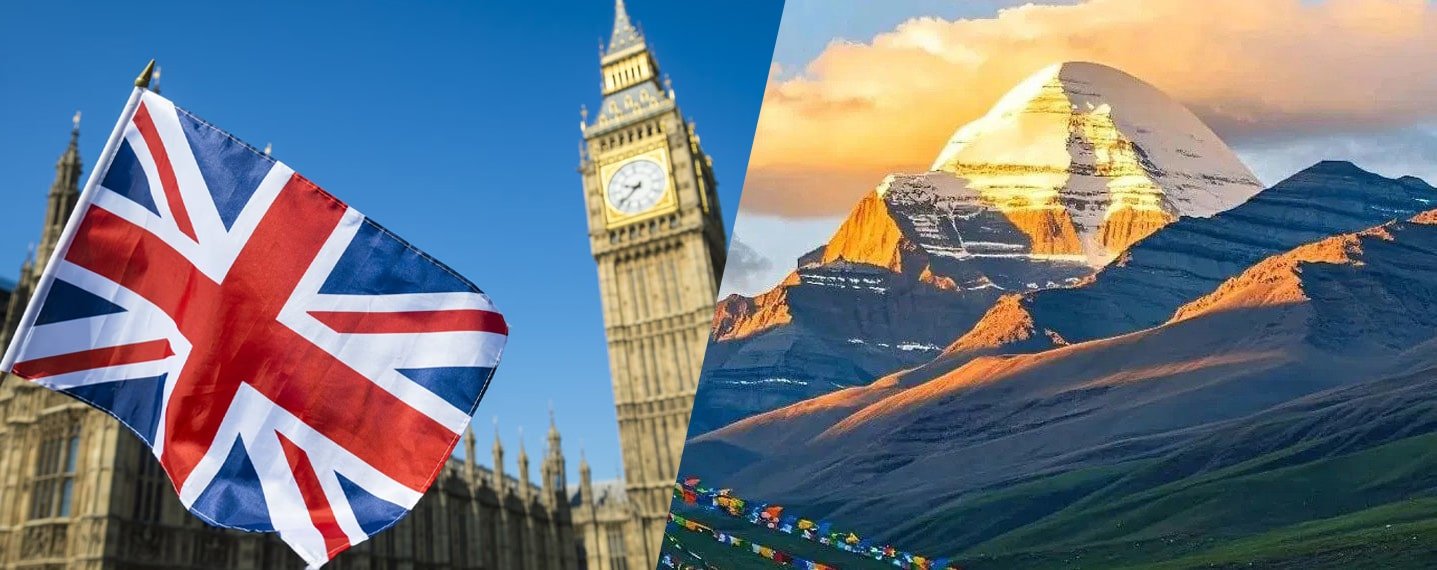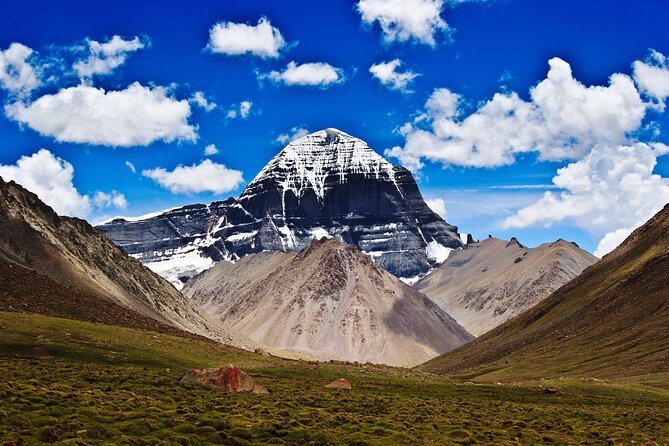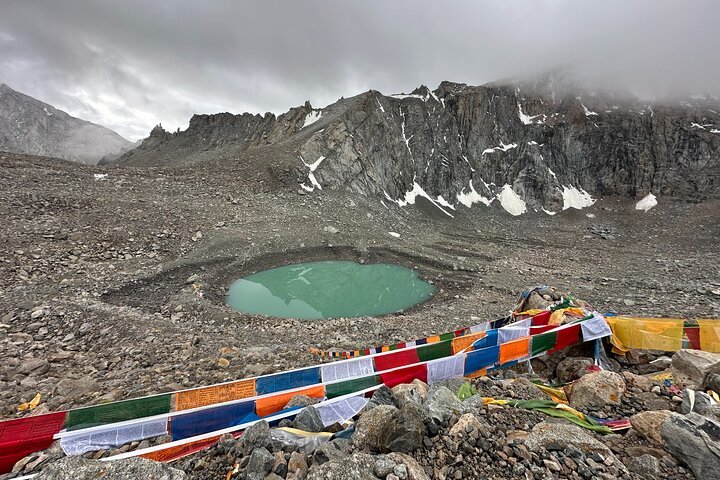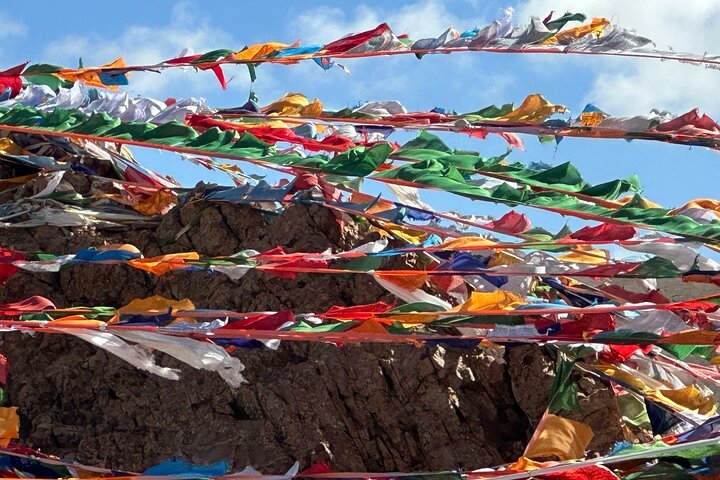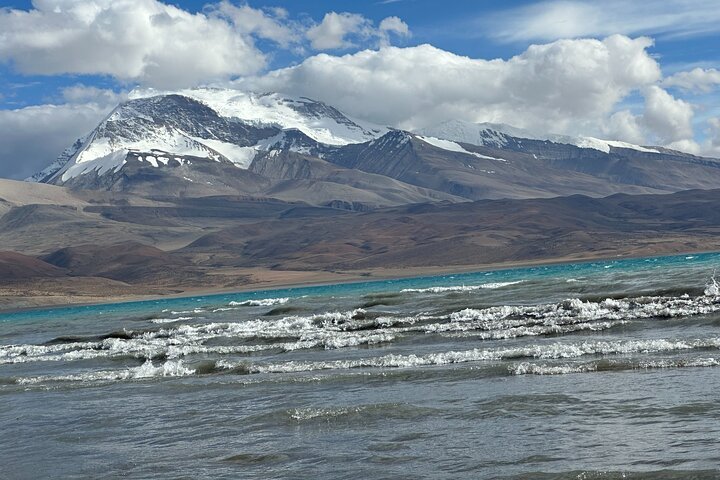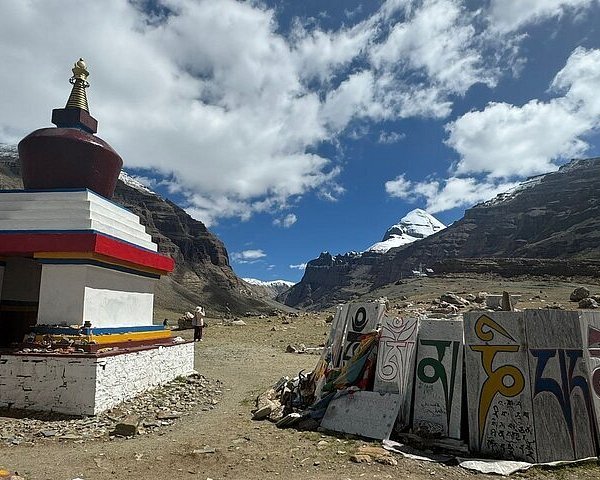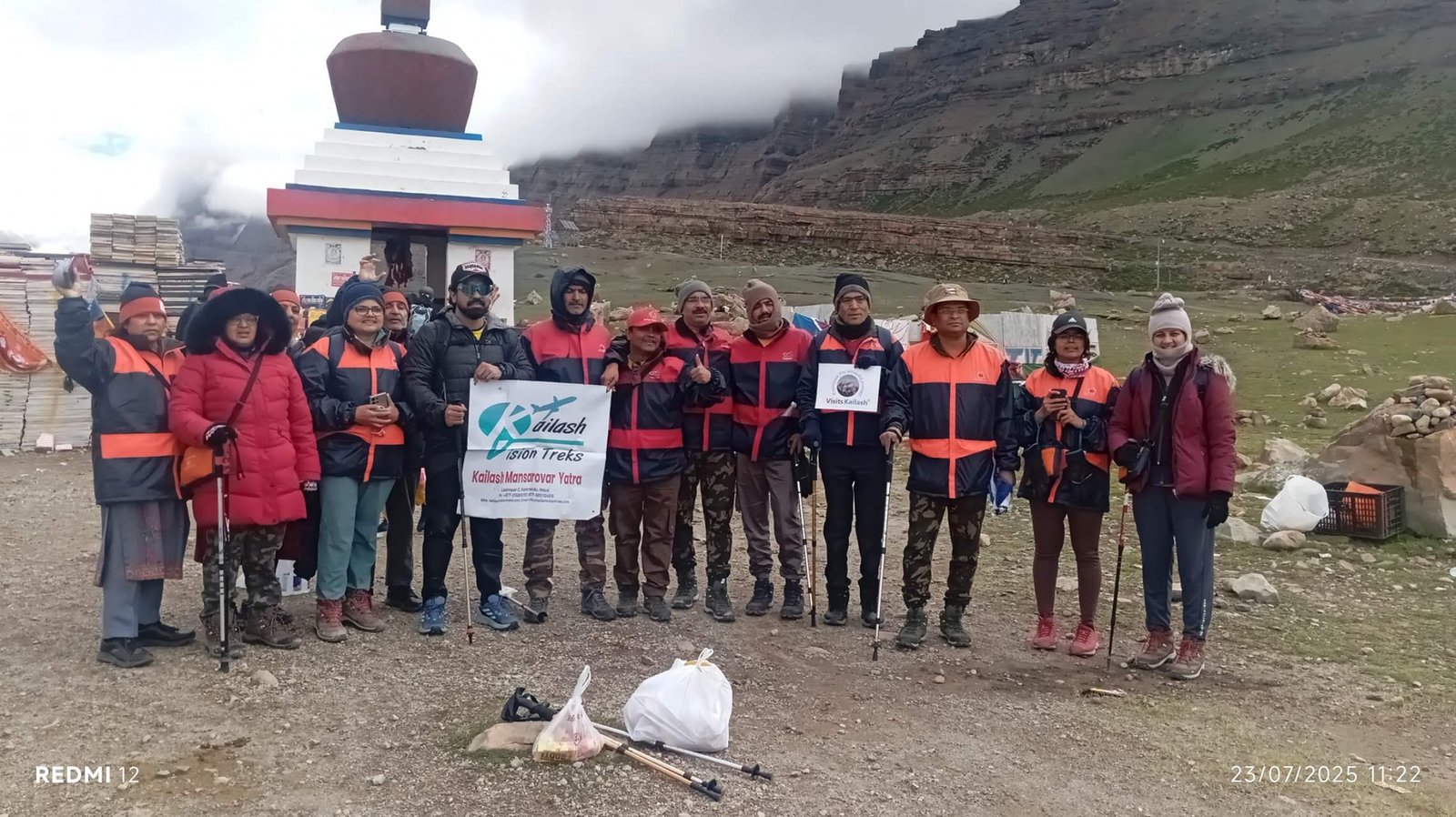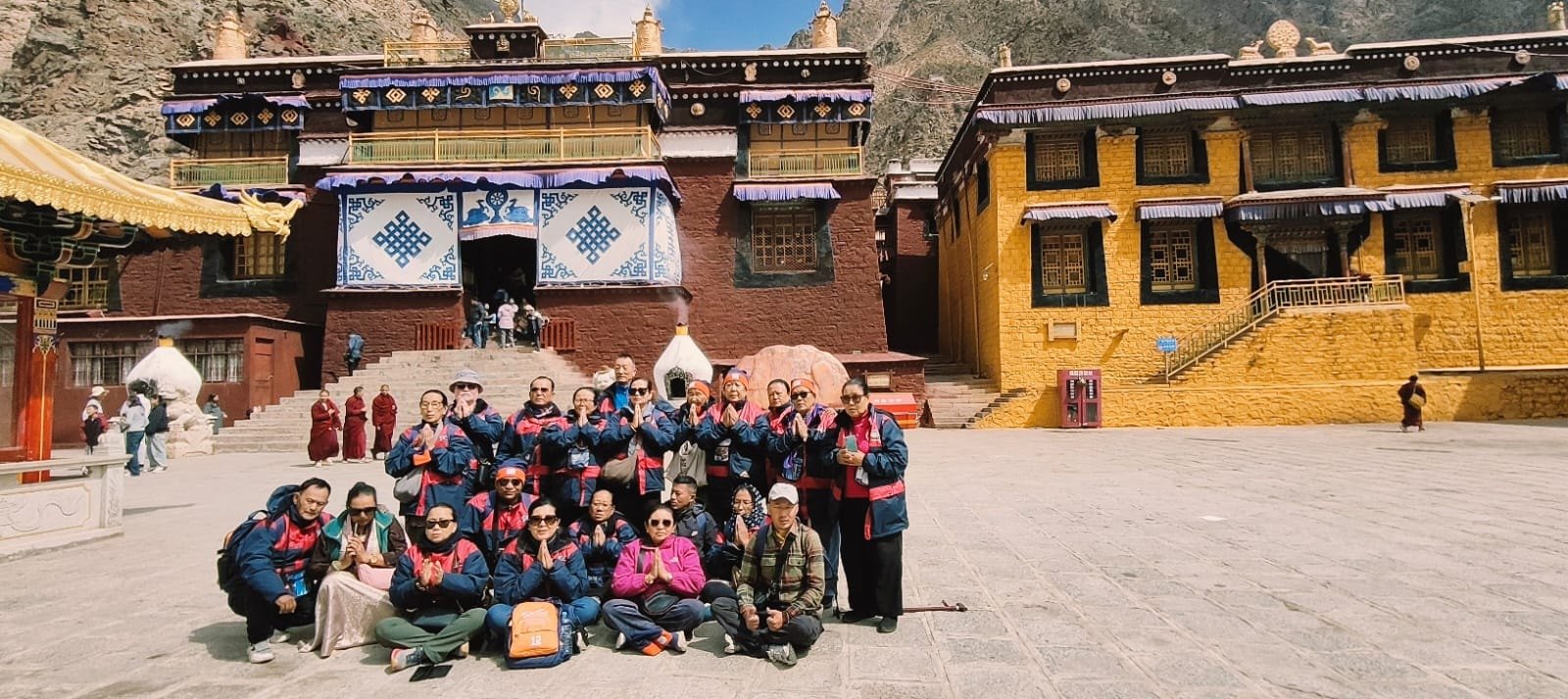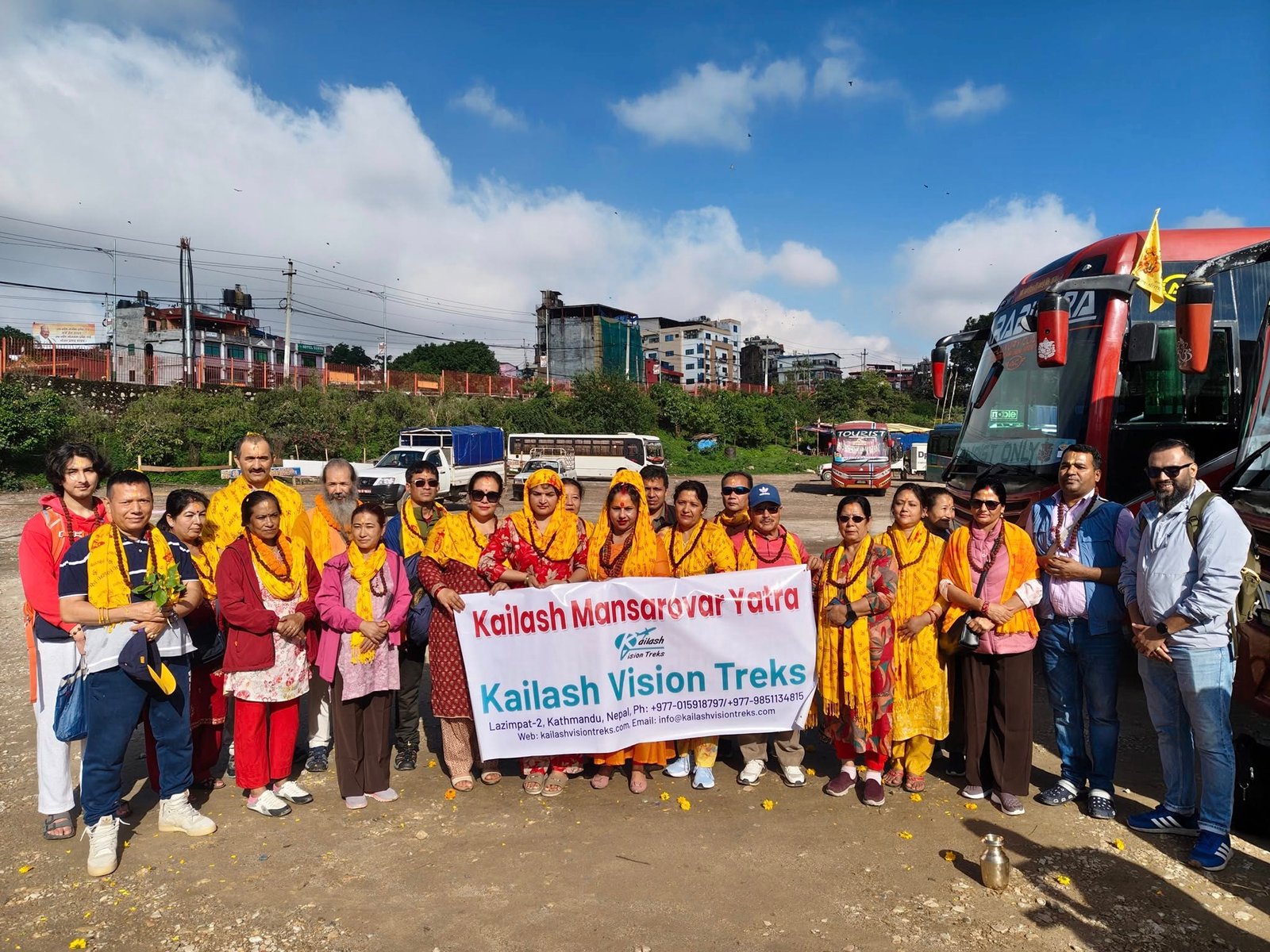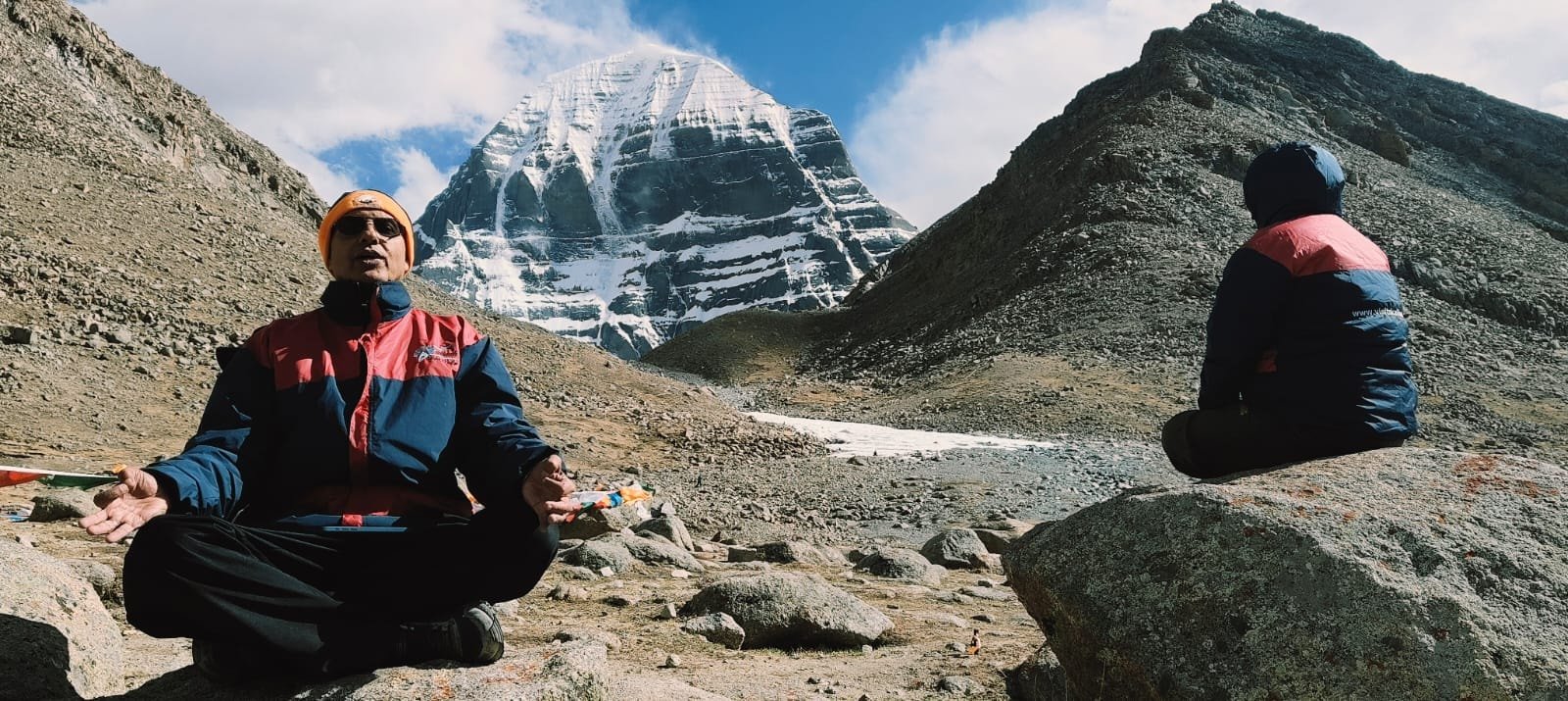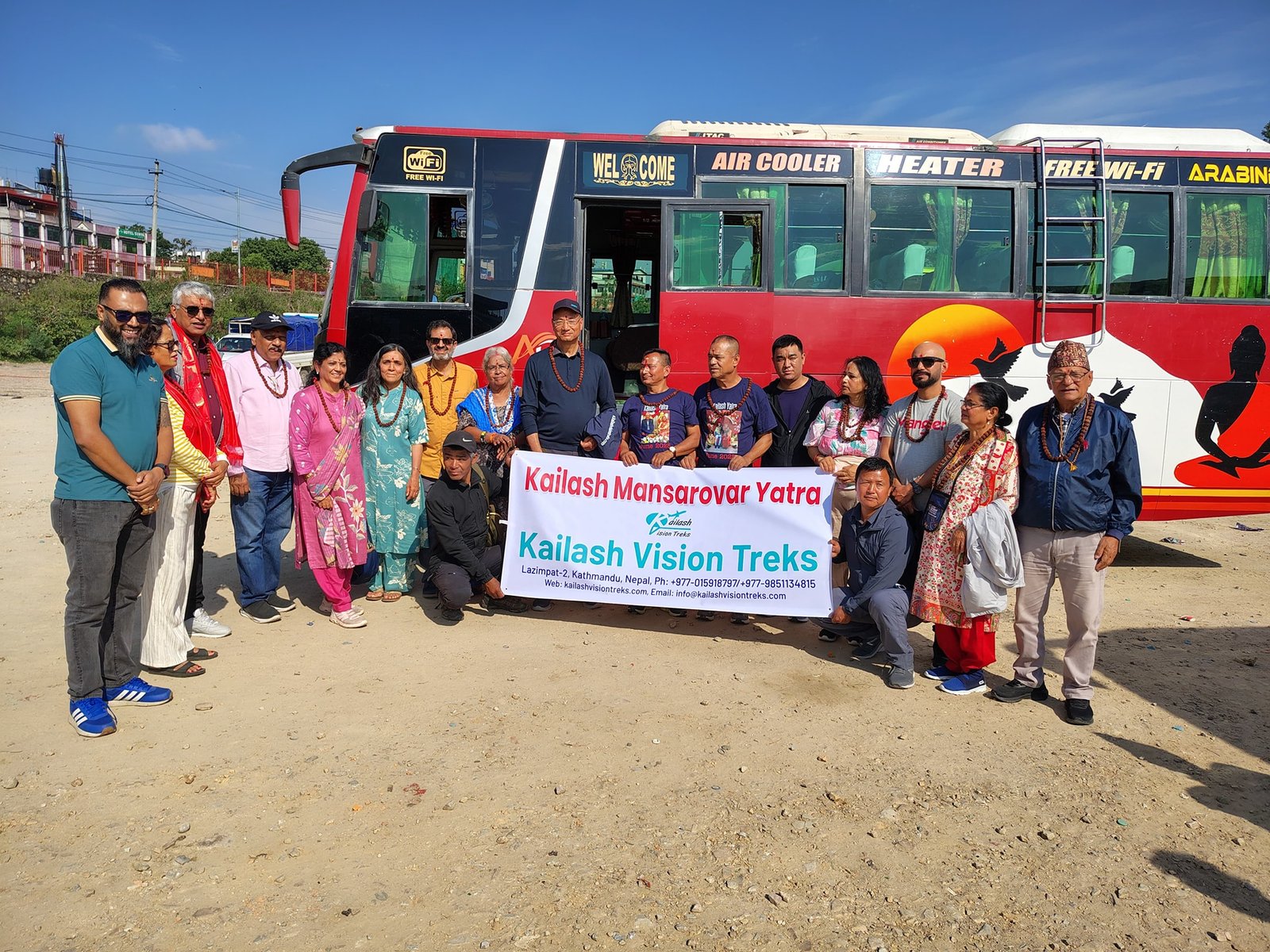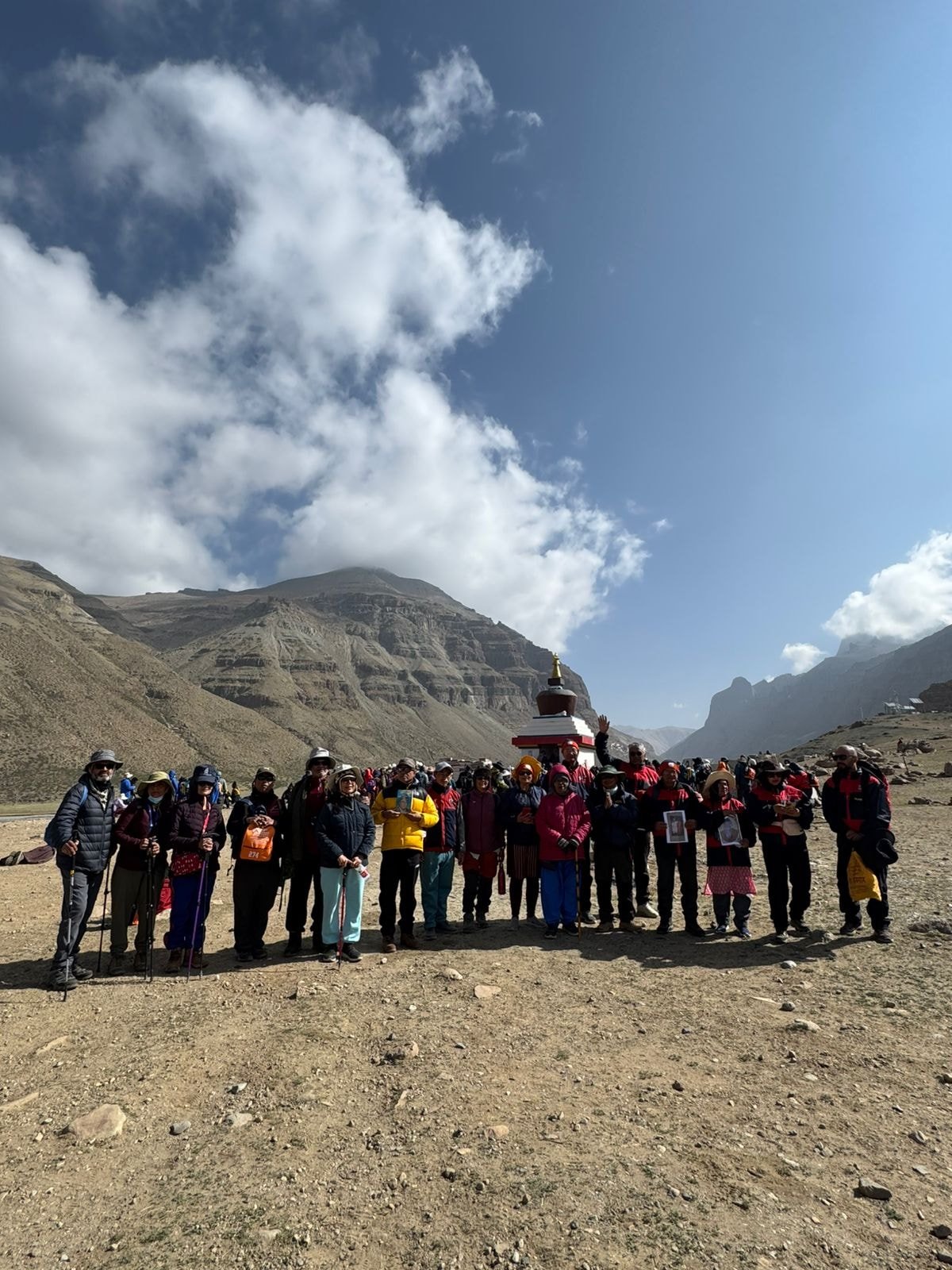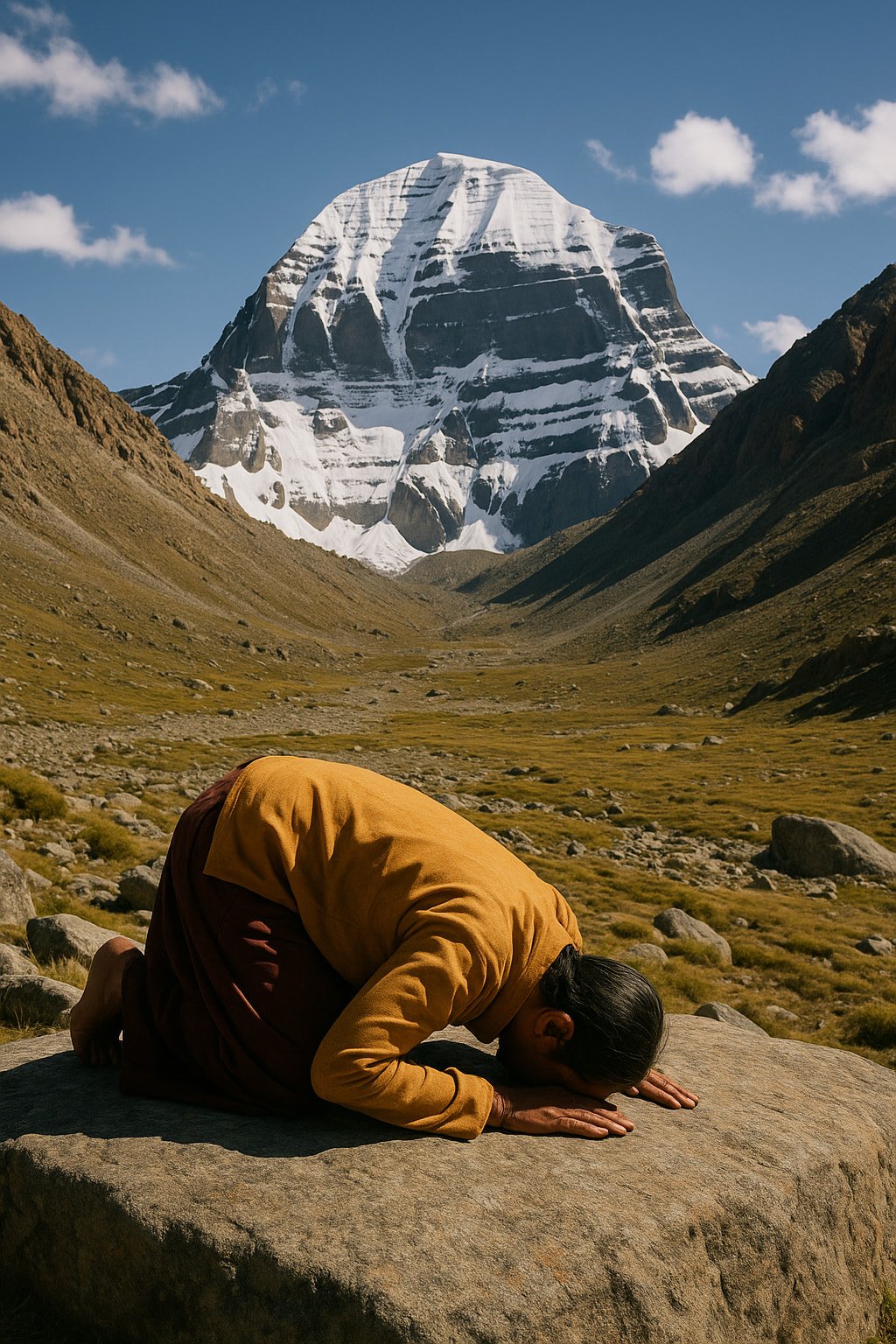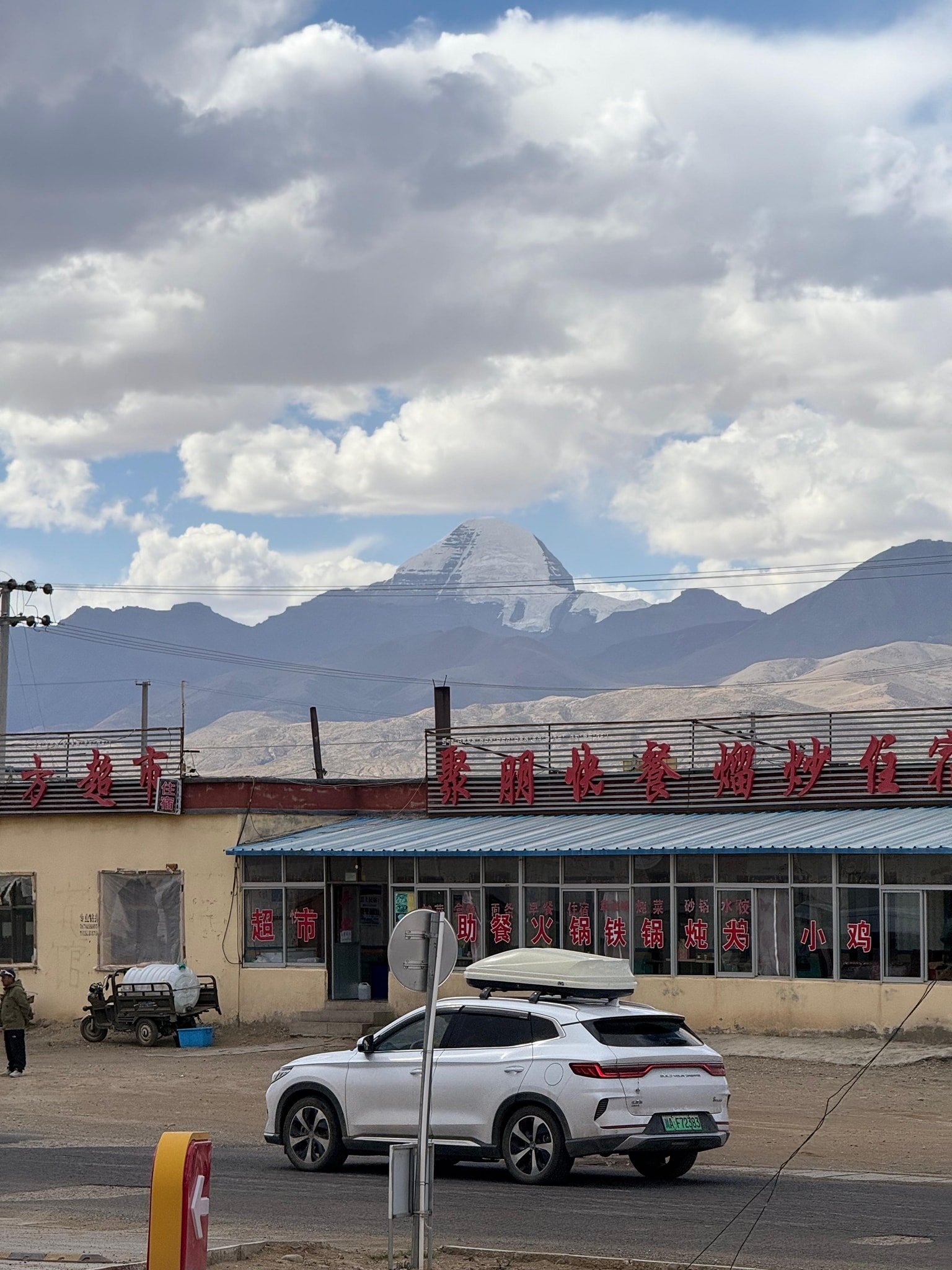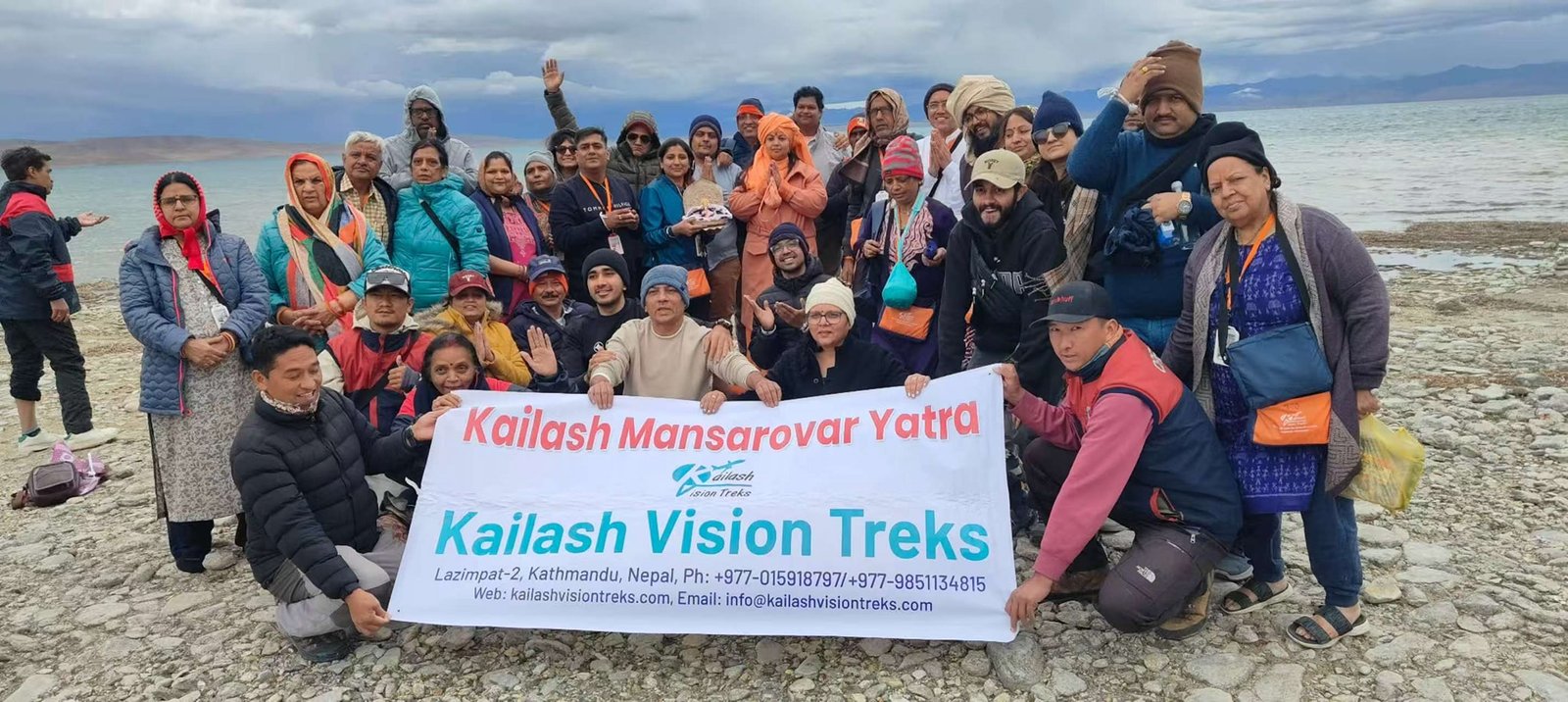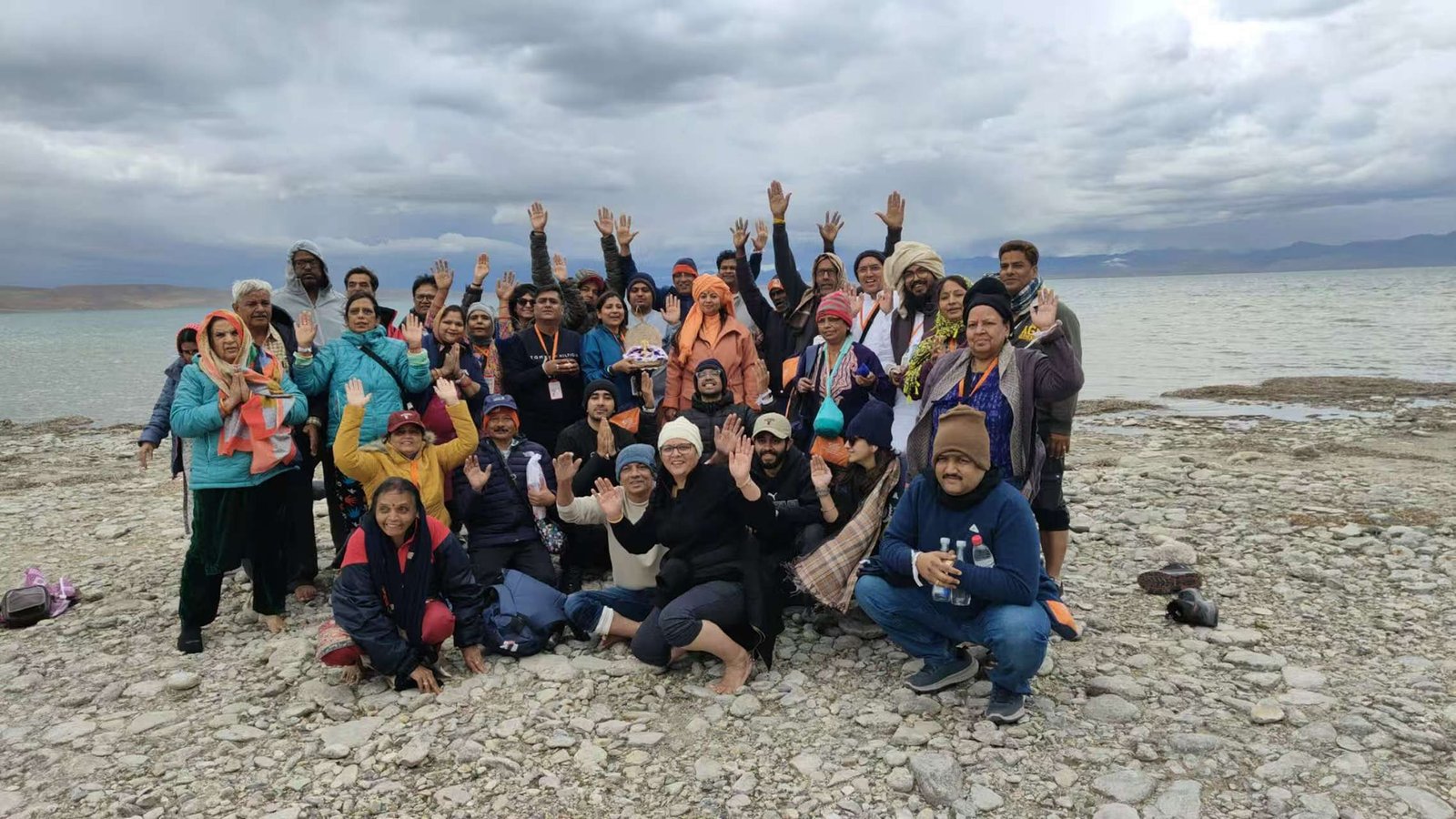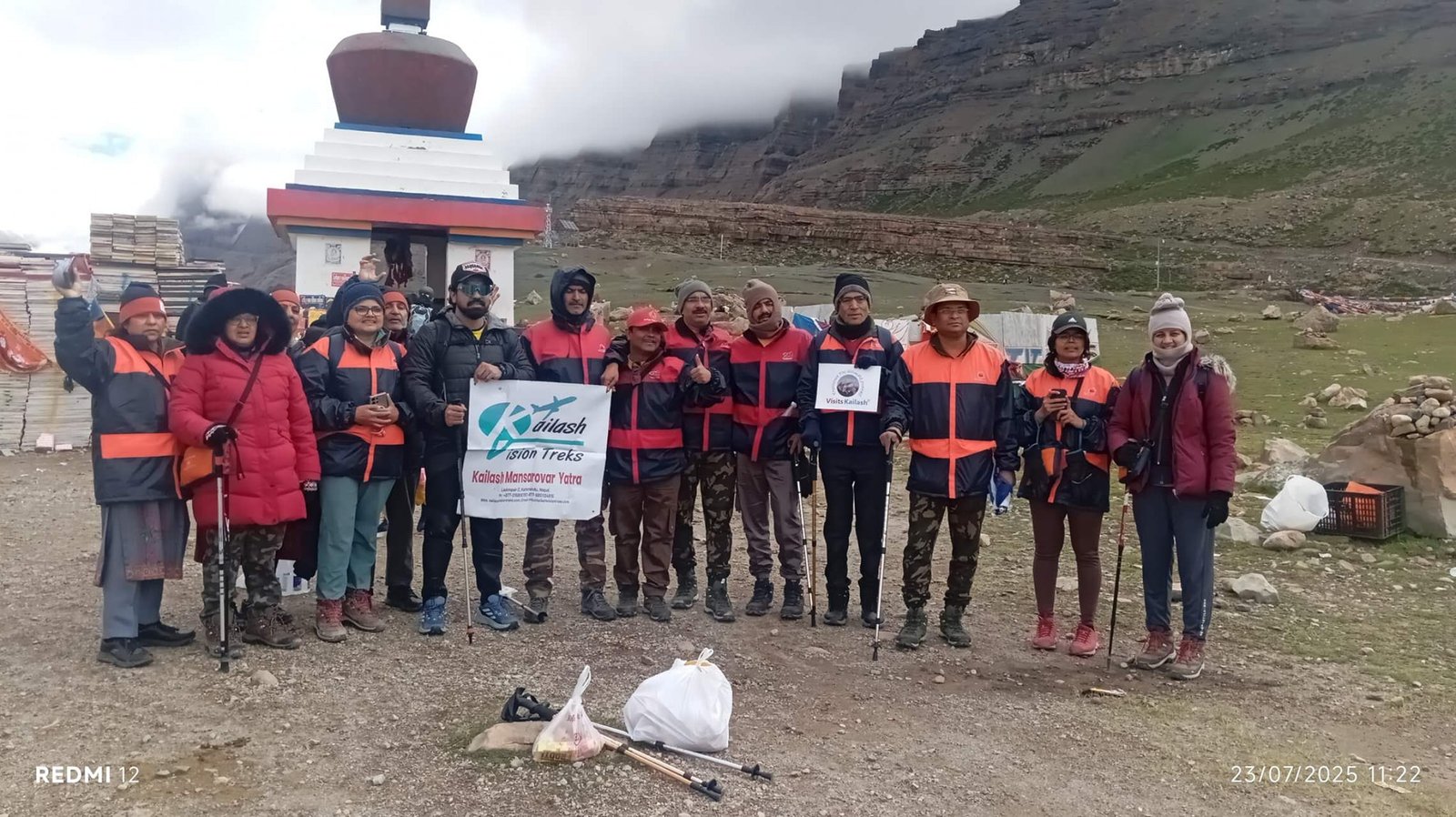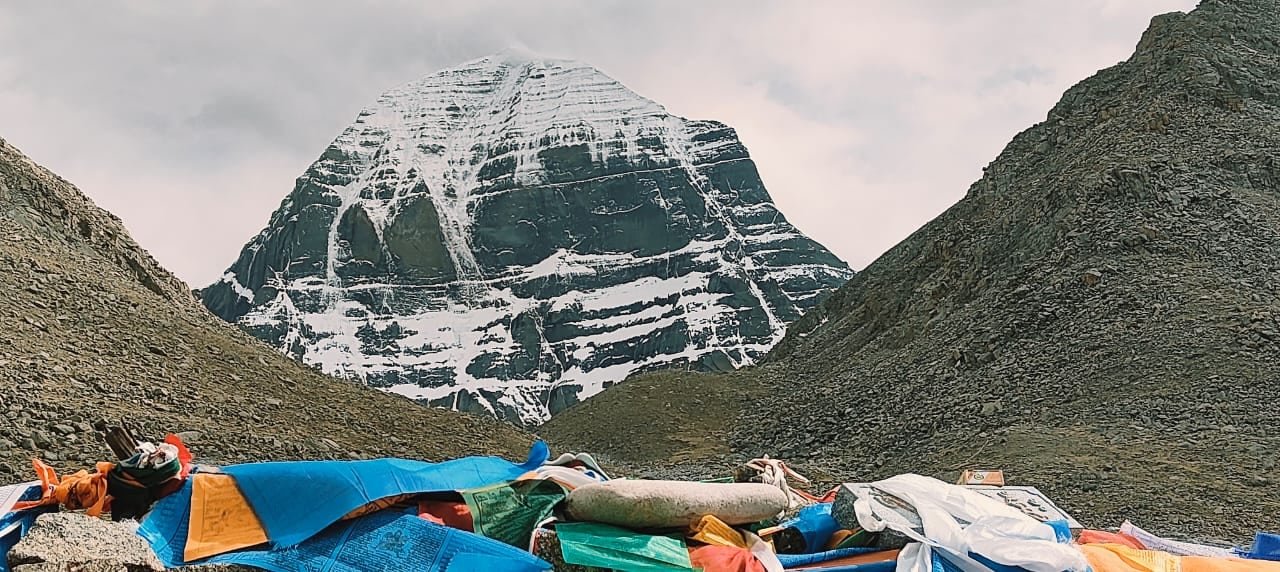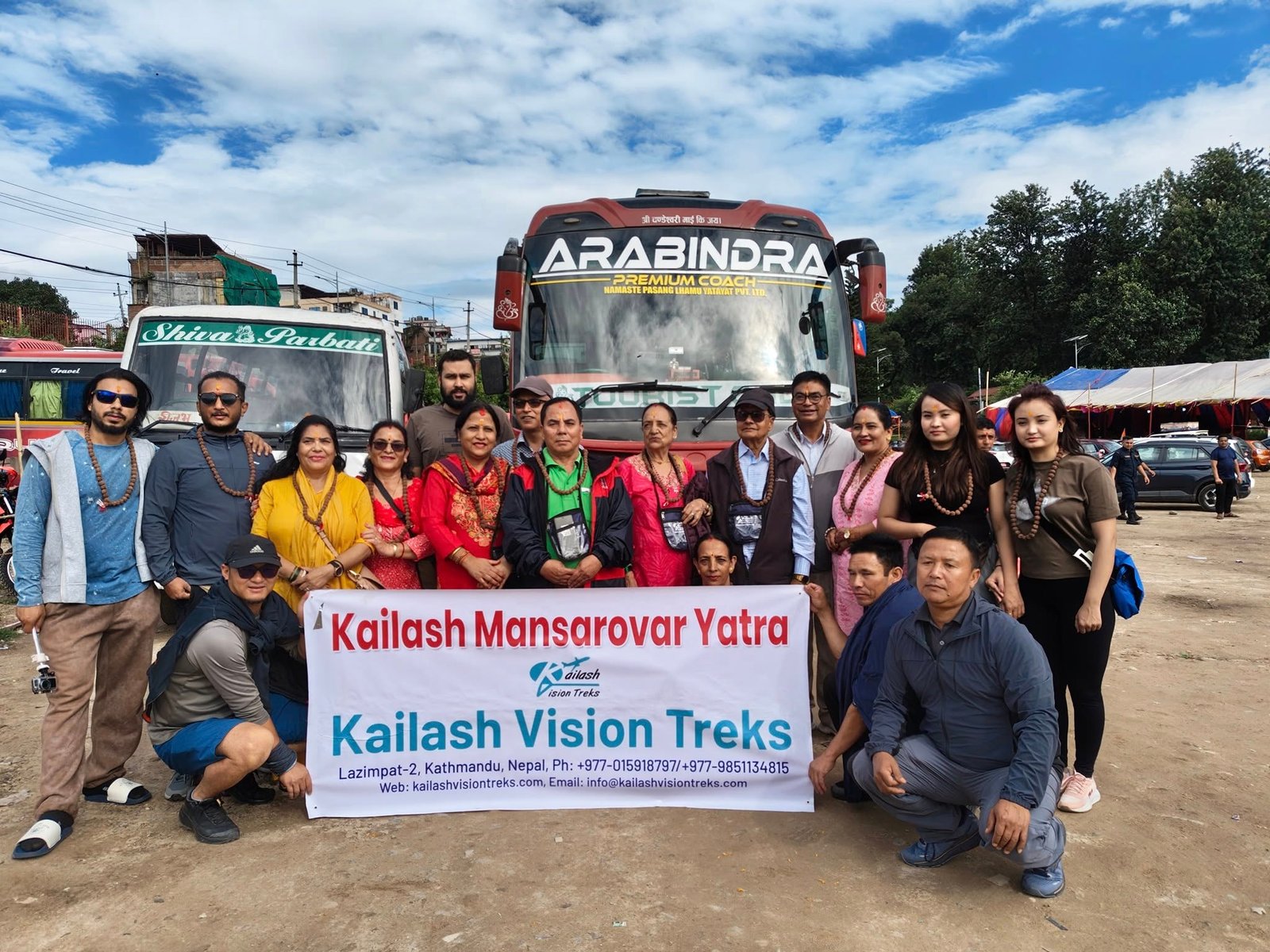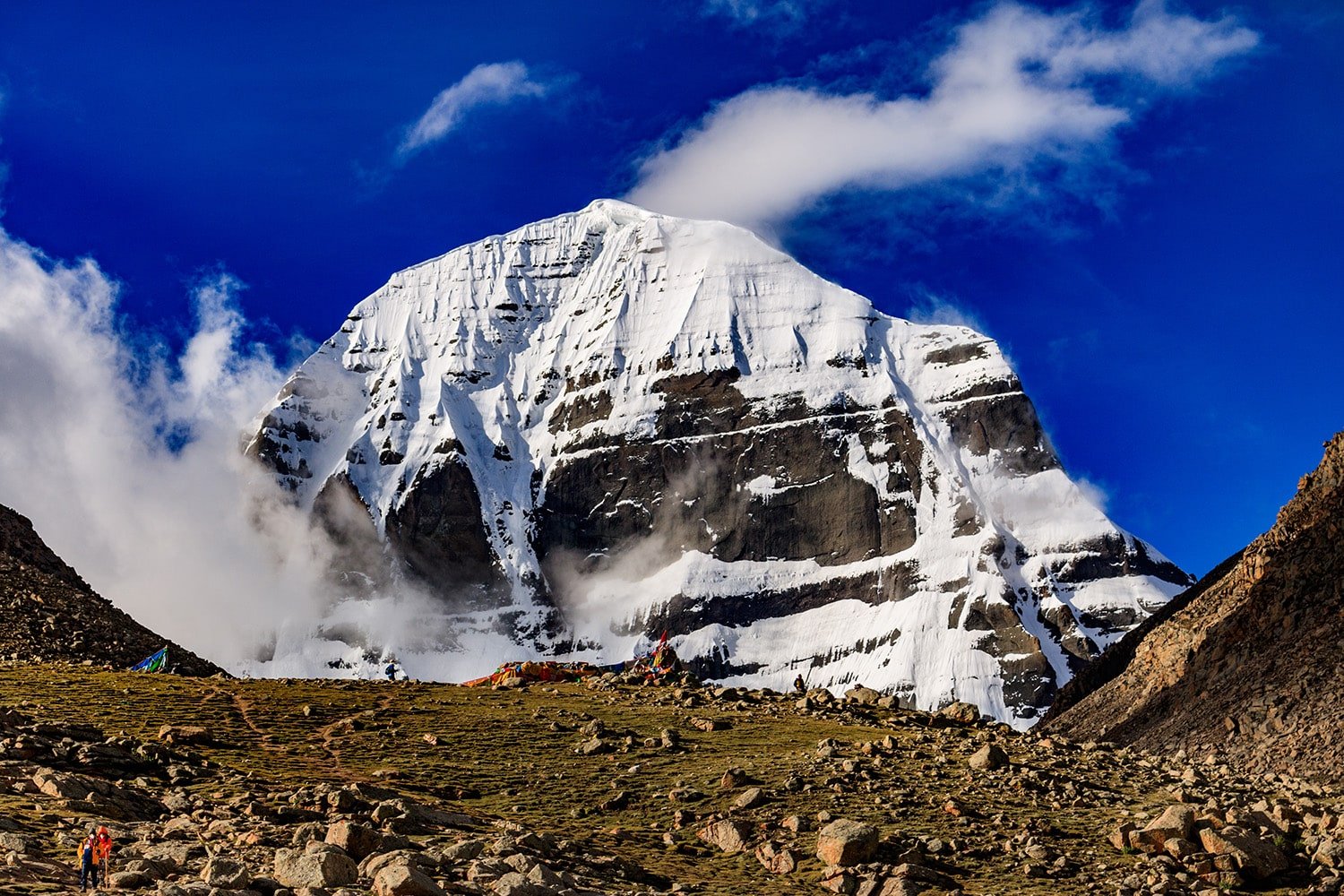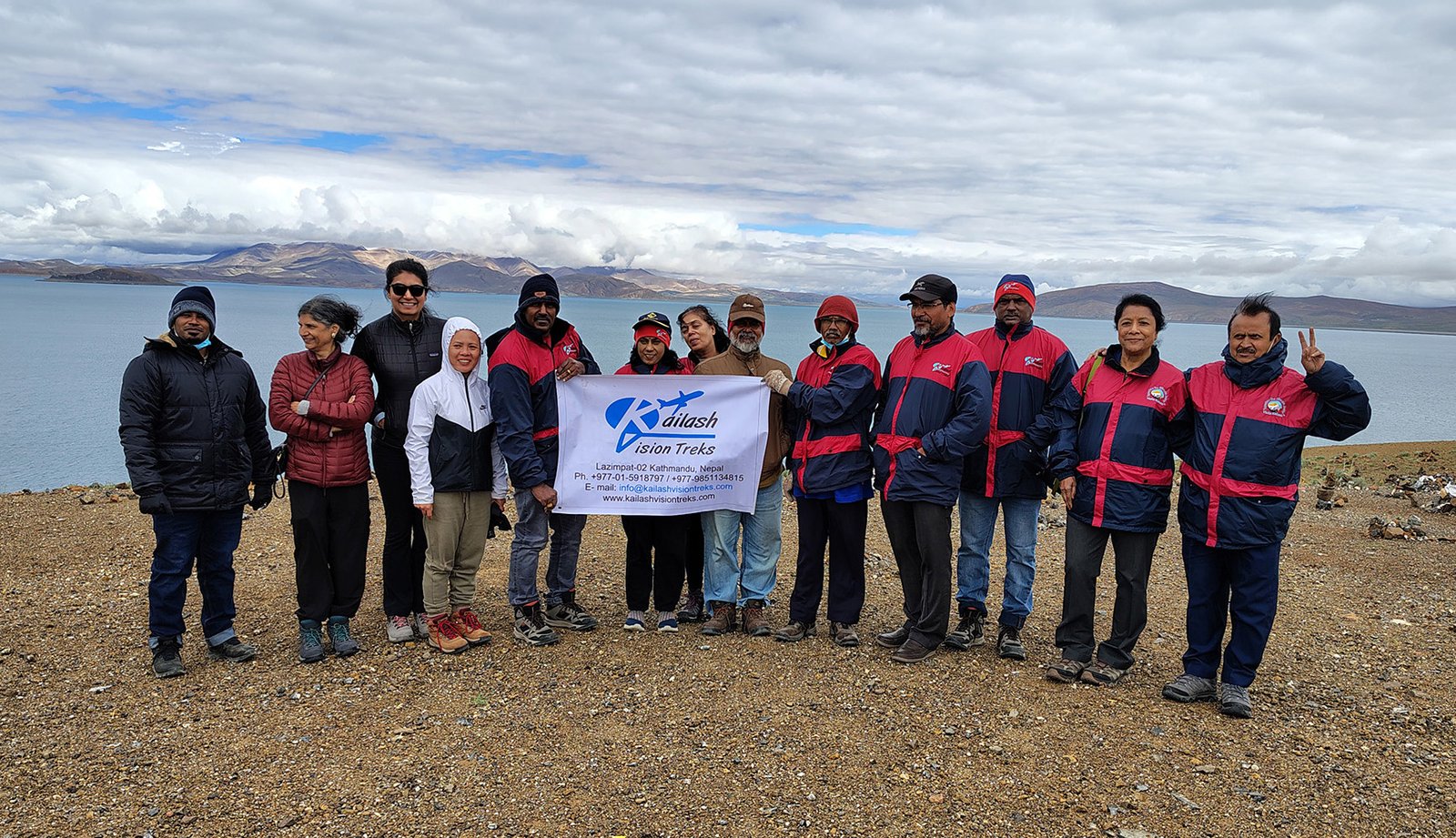Key Takeaways
- The Kailash Mansarovar Yatra is a significant pilgrimage for spiritual enlightenment, attracting many devotees from the UK.
- Optimal travel time for the Yatra is late May to early September, offering favorable weather and manageable altitude conditions.
- Travelers should secure flights to India or Nepal, considering visa requirements and connecting flight options for better flexibility.
- Essential preparations include packing sturdy trekking gear, warm clothing, and necessary health precautions, such as vaccinations and hydration methods.
- Respecting local customs, such as dressing modestly and observing sacred traditions, enhances the pilgrimage experience and fosters positive interactions.
Overview of the Kailash Mansarovar Yatra
The Kailash Mansarovar Yatra is a revered pilgrimage that attracts thousands of devotees from around the world, particularly from the UK. This sacred journey holds immense Kailash significance, as it is believed to be the abode of Lord Shiva and a site of profound spiritual energy. The Yatra history dates back centuries, with ancient texts describing the transformative power of the pilgrimage. Devotees initiate on this challenging trek not only to seek blessings but also to embrace a sense of freedom and enlightenment. The breathtaking landscapes, serene lakes, and towering peaks enrich the experience, allowing pilgrims to connect deeply with their faith. This journey serves as a demonstration to the enduring allure of spiritual exploration and the quest for inner peace.
Significance of Mount Kailash in Different Traditions
Mount Kailash holds profound significance across various traditions, each attributing unique spiritual and cultural meanings to this majestic peak. In Hinduism, it is revered as the abode of Lord Shiva, symbolizing the union of the divine and the earthly. Kailash mythology also finds resonance in Buddhism, where it is viewed as the mystical Mount Meru, the center of the universe. The mountain’s spiritual symbolism extends to Jainism and Bon, further showcasing its cultural diversity. Pilgrims from around the world undertake journeys to seek enlightenment and purification, reflecting its religious significance. This sacred site embodies a shared quest for freedom and spiritual elevation, drawing seekers enthusiastic to connect with the profound energies emanating from its towering presence.
Travel Logistics: Getting to the Starting Point
To commence the Kailash Mansarovar Yatra from the UK, travelers must first navigate the essential logistics of reaching the journey’s starting point. Various flight options are available, connecting major UK airports to key hubs in India and Nepal, while understanding visa requirements is vital for a smooth shift. Proper planning guarantees that pilgrims can focus on the spiritual experience ahead, rather than the complexities of travel.
Flight Options Available
Although many travelers enthusiastically anticipate the spiritual journey of the Kailash Mansarovar Yatra, traversing the flight options to reach the starting point in India can seem intimidating. Various airlines operate flights from the UK to major Indian cities such as Delhi and Kolkata, serving as gateways to this sacred expedition. Engaging in diligent airline comparisons can disclose the best routes, prices, and travel times, helping pilgrims make informed choices for their flight booking. Direct flights, though limited, offer a time-efficient option, while connecting flights may provide more flexibility and cost savings. Travelers are encouraged to explore various platforms, ensuring a seamless journey toward their spiritual awakening among the majestic peaks and serene waters of Kailash Mansarovar.
Visa Requirements Explained
Before commencing the transformative Kailash Mansarovar Yatra, travelers must confirm they possess the necessary visas to enter India and, in some cases, Tibet. The visa application process can be intricate, requiring specific documents such as a valid passport, passport-sized photographs, a completed application form, and proof of travel arrangements. Travelers may also need to present a letter of invitation or a pilgrimage permit for Tibet, depending on their itinerary. It is advisable to initiate the visa application well in advance to account for processing times. Understanding these requirements confirms a seamless journey, allowing adventurers to focus on the spiritual and scenic wonders awaiting them. Freedom to explore this sacred land begins with proper documentation.
Best Time to Undertake the Yatra
Choosing the ideal time to undertake the Kailash Mansarovar Yatra is essential for a fulfilling pilgrimage experience. The best season to commence on this spiritual journey is typically from late May to early September. During these months, weather conditions are relatively mild, offering clear skies and pleasant temperatures. Pilgrims can enjoy breathtaking landscapes and the serene beauty of Lake Mansarovar without the hindrance of harsh winter conditions or monsoon rains. This period allows travelers to engage deeply with the sacred surroundings, fostering a connection to the divine. Additionally, the higher altitude during this time is more manageable for acclimatization, ensuring that the journey is both safe and spiritually enriching. Timing the Yatra wisely enhances its transformative potential.
Essential Preparations Before the Journey
As pilgrims prepare for the Kailash Mansarovar Yatra, careful planning is vital to guarantee a smooth and meaningful experience. Key packing essentials include sturdy trekking shoes, warm clothing, a reliable backpack, and personal items such as toiletries and a first-aid kit. Additionally, pilgrims should ascertain they have adequate sun protection, including hats and sunscreen, given the high altitudes and intense sun exposure. Health precautions are important; travelers should consult healthcare professionals for necessary vaccinations and medications, particularly for altitude sickness. Staying hydrated and bringing water purification tablets can also prevent illness. By addressing these practical aspects beforehand, pilgrims can set off on their journey with confidence, embracing the spiritual significance of this revered pilgrimage.
Physical Fitness and Training for the Trek
A solid foundation of physical fitness is essential for anyone undertaking the Kailash Mansarovar Yatra, as the trek presents numerous challenges, including steep ascents and high altitudes. Participants must engage in rigorous endurance training to build cardiovascular strength and stamina, enabling them to navigate the demanding terrain. Incorporating activities like hiking, running, and cycling can enhance overall fitness levels. Additionally, altitude adaptation is vital; training at higher elevations or using altitude simulation techniques can acclimatize the body to lower oxygen levels, reducing the risk of altitude sickness. By committing to a well-structured fitness regimen, trekkers can embrace the journey with confidence, ensuring a rewarding experience amidst the awe-inspiring Himalayan landscapes. Freedom and adventure await those who prepare diligently.
Understanding the Yatra Route and Key Stops
The Yatra route to Kailash Mansarovar is a meticulously planned journey that encompasses breathtaking landscapes and significant landmarks. Key waypoints along the trek serve not only as rest stops but also as cultural touchpoints, enriching the pilgrim’s experience. Understanding these routes and preparing with essential travel tips can greatly enhance the Yatra experience for those commencing from the UK.
Route Overview
Setting out on the Kailash Mansarovar Yatra from the UK requires careful navigation through a route that is as spiritually enriching as it is physically demanding. Journey planning is essential to guarantee a smooth experience, as pilgrims traverse a variety of scenic landscapes that captivate the senses.
- Majestic Himalayan views
- Serene lakes reflecting the sky
- Rustic villages steeped in culture
- Challenging mountain paths
- Sacred sites that inspire devotion
Each segment of the journey presents unique challenges and breathtaking moments, inviting travelers to connect deeply with nature and their spirituality. With the right preparation, pilgrims can commence on this transformative expedition, transforming both body and spirit along the way.
Key Waypoints
Starting on the Kailash Mansarovar Yatra reveals a series of key waypoints that serve as significant milestones along the route. These waypoints offer not only geographical highlights but also cultural insights into the sacred landscape. Pilgrims typically navigate through notable stops such as Lhasa, with its rich Tibetan heritage, and Shigatse, home to the revered Tashilhunpo Monastery. The journey also includes the serene shores of Lake Mansarovar, where tranquility envelops the spirit. Each waypoint is imbued with historical significance and natural beauty, inviting travelers to immerse themselves in the experience. The majestic views of Mount Kailash rise as a spiritual beacon, guiding pilgrims toward their ultimate destination, where freedom and enlightenment await amidst stunning vistas.
Travel Tips
As pilgrims commence on the transformative journey of the Kailash Mansarovar Yatra, understanding the route and its key stops is essential for a fulfilling experience. The journey, marked by breathtaking landscapes and spiritual significance, requires careful planning.
- Research altitude acclimatization to avoid altitude sickness.
- Confirm travel insurance that covers high-altitude trekking.
- Pack essentials like sturdy footwear, warm clothing, and first-aid kits.
- Schedule rest days to allow for physical recovery.
- Embrace local cultures and traditions at key stops.
With these tips, travelers can navigate the Yatra route more confidently, ensuring that each moment is cherished. The adventure not only promises spiritual fulfillment but also a deep connection with nature and fellow pilgrims.
Cultural Etiquette and Local Customs
Understanding cultural etiquette and local customs is essential for travelers commencing the Kailash Mansarovar Yatra from the UK. Respect for local traditions is paramount, as visitors are encouraged to familiarize themselves with cultural norms that guide community interactions. This pilgrimage site holds deep spiritual significance, and respectful behavior toward local inhabitants fosters goodwill and enhances the experience. Simple gestures, such as removing shoes before entering sacred spaces and using polite greetings, can demonstrate appreciation for the local culture. Additionally, it is advisable to dress modestly and be mindful of dietary customs. By embracing these practices, travelers not only enrich their journey but also honor the spirit of the region, forging connections that transcend mere observation.
Spiritual Practices During the Pilgrimage
During the Kailash Mansarovar Yatra, pilgrims engage in a variety of spiritual practices that deepen their connection to the sacred landscape. Meditation and reflection techniques offer moments of introspection amidst the awe-inspiring surroundings, while ritual offerings and prayers honor the divine. Group chanting and mantras create a harmonious atmosphere, fostering a sense of community and shared devotion among the travelers.
Meditation and Reflection Techniques
The Kailash Mansarovar Yatra offers pilgrims an opportunity not only for physical journeying but also for profound spiritual exploration through meditation and reflection. In this sacred journey, travelers are encouraged to engage in various mindfulness practices and visualization techniques that deepen their connection to the divine.
- Daily morning meditations amidst the majestic Himalayas
- Guided visualization of the sacred Mount Kailash
- Journaling experiences to foster self-reflection
- Breath-focused practices to enhance inner peace
- Group discussions to share insights and growth
These techniques create a serene environment conducive to introspection, allowing pilgrims to embrace the spiritual essence of their journey. By integrating these practices, they find clarity, purpose, and a sense of liberation in their spiritual pursuits.
Ritual Offerings and Prayers
As pilgrims commence on the Kailash Mansarovar Yatra, their spiritual journey unfolds through a tapestry of ritual offerings and prayers that enrich their experience. Each offering, whether a simple flower or a sacred item, symbolizes heartfelt prayer intentions, connecting the individual to the divine. At sacred sites along the route, devotees often pause to express gratitude, seeking blessings for themselves and their loved ones. These moments of introspection are essential, as they allow for a deepened sense of purpose and spirit. The air is thick with devotion, and the serene landscapes amplify the significance of these rituals. Ultimately, these offerings serve not just as acts of faith, but as profound expressions of the pilgrims’ inner desires and spiritual aspirations.
Group Chanting and Mantras
While commencing on the sacred journey of the Kailash Mansarovar Yatra, pilgrims often gather in groups to engage in the powerful practice of chanting mantras, fostering a collective spiritual energy that enhances their pilgrimage experience. This group meditation serves as a unifying force, allowing participants to deepen their connection with the divine and each other.
- Various chanting techniques are employed, including traditional mantras specific to the pilgrimage.
- The rhythmic vibrations from the chants create an atmosphere of tranquility.
- Pilgrims often share personal experiences and insights, enriching the spiritual journey.
- Group chanting amplifies focus, helping individuals transcend worldly distractions.
- The shared energy cultivates a sense of community, reinforcing the pilgrimage’s purpose.
Through these practices, the yatra becomes a transformative spiritual odyssey.
Post-Yatra Reflections and Experiences
How does one encapsulate the profound transformation experienced during the Kailash Mansarovar Yatra? For many, the journey transcends mere travel; it becomes a pilgrimage steeped in spirituality and self-discovery. Participants often find themselves reflecting on the stunning landscapes, the serenity of Mansarovar Lake, and the majestic presence of Mount Kailash. These experiences weave together vivid pilgrimage memories that linger long after the journey’s end. Personal insights emerge, prompting individuals to reassess their lives, values, and connections to the universe. The yatra serves as a powerful reminder of the freedom found in introspection, encouraging a deeper understanding of oneself and the world. Ultimately, the Yatra proves to be a catalyst for profound change and enlightenment.
Frequently Asked Questions
What Is the Cost of the Kailash Mansarovar Yatra From the UK?
The costs of the Kailash Yatra vary considerably, influenced by travel package options, duration, and amenities. Travelers often seek extensive packages that encompass transportation, accommodation, and guided experiences, ensuring a memorable pilgrimage journey.
Are There Age Restrictions for Participants in the Yatra?
Age restrictions for participants may depend on health considerations and the ability to manage travel documentation. Generally, older individuals must demonstrate good health, while younger participants might require parental consent for participation in the pilgrimage.
What Types of Accommodations Are Available During the Yatra?
Various accommodations cater to diverse preferences during the yatra, ranging from luxury lodges offering comfort and amenities to budget hostels providing essential services. This variety allows participants to choose their desired experience along the spiritual journey.
Is Travel Insurance Recommended for the Pilgrimage?
In a world where adventurous souls often forget their umbrellas, travel insurance is the unsung hero. For the pilgrimage, it guarantees travel safety and trip coverage, safeguarding against unexpected mishaps that might spoil the spiritual journey.
Can I Join the Yatra Solo or Only as Part of a Group?
The Yatra allows both solo travel and group participation. While solo travelers may seek personal freedom, joining a group offers significant benefits, including shared experiences, safety, and camaraderie, enriching the spiritual journey for all participants.
